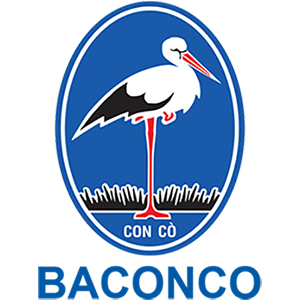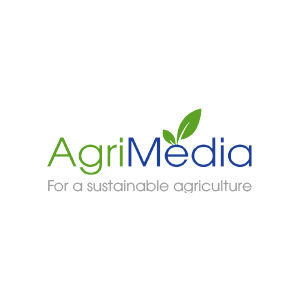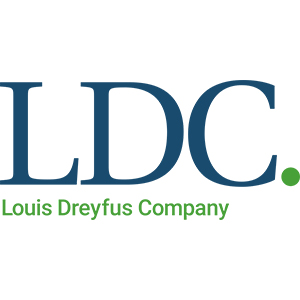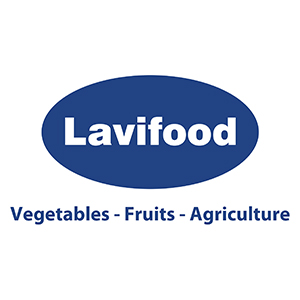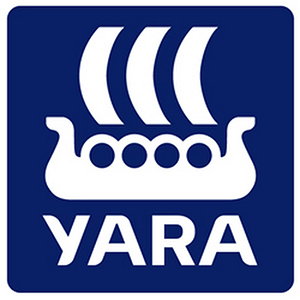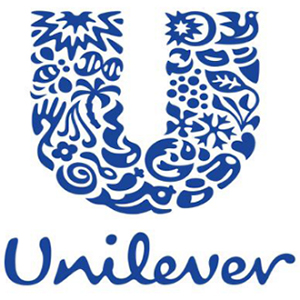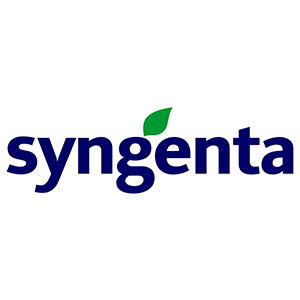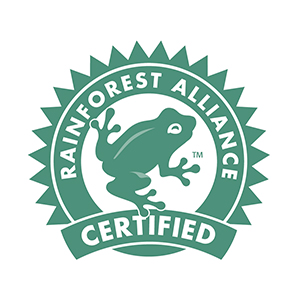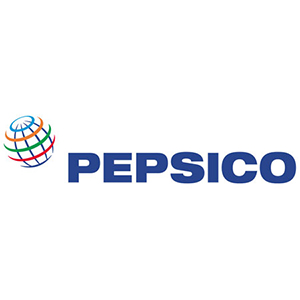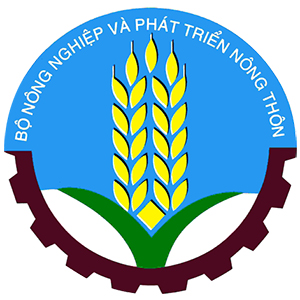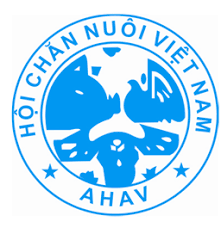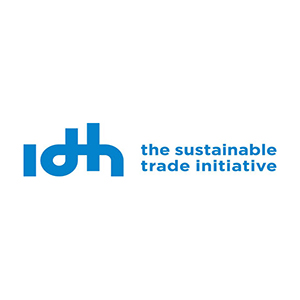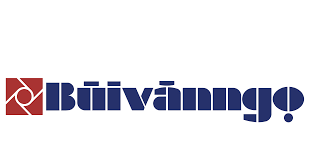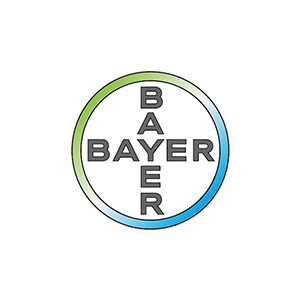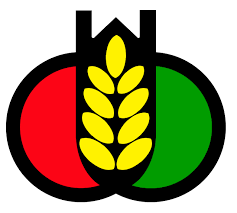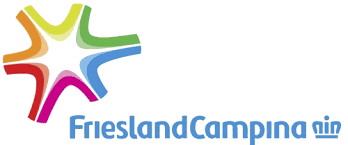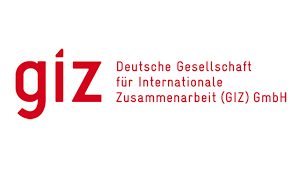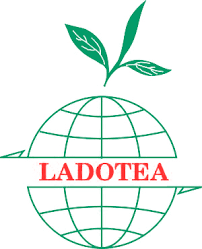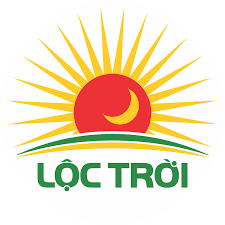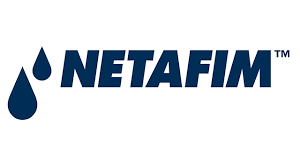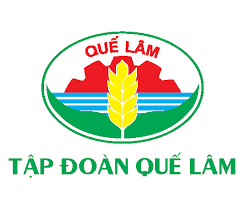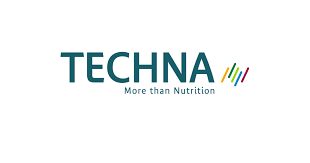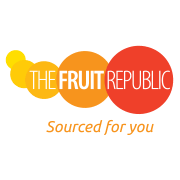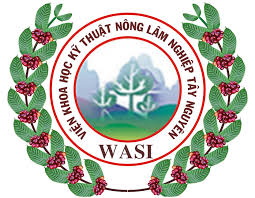- Giới thiệu
- Nhóm Công tác
- Tin tức
- Thông tin về FTA
- Tài Liệu
- Sự kiện
- Liên hệ
Orientation on ODA attraction, management and usage
The Prime Minister has recently approved the Orientation on attraction, management and usage of ODA capital and preferential loans of foreign donors in the 2018 – 2019 period, with a vision to 2021 - 2025.
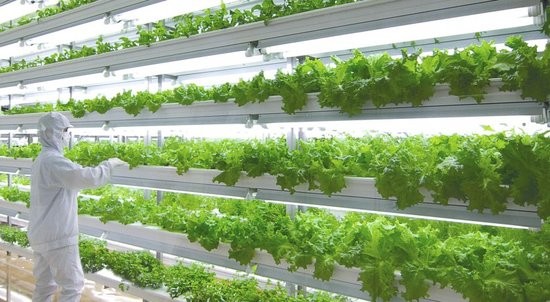
Photo: Prioritizing ODA projects on smart agricultural development (Source: Hanoitimes)
For the 2018-2020 period, attention will be paid on addressing current constraints, promoting the efficient disbursement and utilization of signed funds; continuing to select and prepare for good public investment projects (based on socio-economic and financial outcomes) to be disbursed after 2020 to ensure continuity, and prevent sudden reduction in development investment for the post-2020 period. However, it is necessary to screen and select good and effective projects to promote sustainable socio-economic development while ensuring not to surpass the state budget expenditure ceiling and other norms on public debt safety approved by the National Assembly.
Attention will be paid to the usage of loans for investment in a number of key domains, focal works which are of practical significance and have high potential to bring out massive spill-over effects, have an inter-regional reaching power, can create motivation for regional and area development. Attention will also be paid to improve project evaluation in a strict, objective, transparent manner to enhance efficiency of foreign loans.
Foreign loans will be restricted to fields/projects where domestic public investment capital is not available, the private sector is not motivated to make investment due to lack of profit, and/or some specific fields that must be invested by the government to ensure price control and management to create favorable conditions for the development of other economic sectors such as river ports, seaports… The private sector will be encouraged to collaborate and co-finance with the government to resolve infrastructure bottlenecks.
It is required for additional research on the adoption of a mechanism for enterprises to get lending from the World Bank and ADB, and other preferential loans of other donors without the Government’s guarantee for the implementation of renewable energy and climate change programs and projects.
ODA loans and preferential loans must be restricted to development investment, not for recurrent expenditures. Priority will be given to ODA use for hunger eradication and poverty reduction.
Regarding principles on the use of non-refundable aids, priority will be given for poverty alleviation, social fields, policy development for institutional and human resource development, knowledge and technology transfer, natural disaster prevention and mitigation and adaptation to climate change, prepare infrastructure projects with technical and complex technology, public-private partnership (PPP) investment projects or co-financing projects using preferential loans to boost up preferential factors of loans.
ODA loans will be prioritized for programs and projects in the fields of health, education, vocational training, climate change adaptation, environment protection, and essential transport infrastructure, which lack in capacity for direct capital recovery, large-scale prọjects, bringing out massive spill-over effects, inter-regional projects aligning with planning and can promoting regional and area socio-economic development.
Preferential loans will be prioritized for large-scale infrastructure projects, capable of generating revenues for repayment, relending projects.
For a number of important programs and projects for which priority is required and can not generate revenues for repayment or fall under other allocations, the Prime Minister will consider and decide on the use of preferential loan capital for each specific case.
For the 2021-2025 period, the use of foreign loans will focus on a number of key areas to ensure maximum economy-of-scale. It is necessary to have a rigorous, objective and transparent review and evaluation process through the development of a set of criteria for evaluation and selection of projects in compliance with international standards and in alignment with the reality of Viet Nam.
Priority will be given to projects with high socio-economic efficiency, directly promoting growth in association with sustainable development, especially projects that have potential to generate foreign currency revenues in medium- and long-term to enhance the country’s repayment capacity, such as projects resolving principle infrastructure bottlenecks (traffic, smart city, clean energy and renewable energy…), smart agriculture development (irrigation, high technology applications in agricultural production, agricultural electrification, etc.), promoting sectoral or export activities, innovation projects, and technology-transfer projects.
Priority will be given to projects on public goods, under expenditure stream of the state budget, having high spill-over effects, such as projects on climate change adaptation, enhancing environment quality, education, health care, technology, and skills.
Tin liên quan
PSAV Attends the 30th Anniversary Celebration of Cargill Vietnam2025/10/23
Plant health management helps increase coffee yield up to 15%2025/10/16
An Giang to host 2025 OCOP forum for sustainable development2025/09/25
Viet Nam and France foster cooperation on blue economy and sustainable environment2025/09/29



 Điều lệ hoạt động
Điều lệ hoạt động
